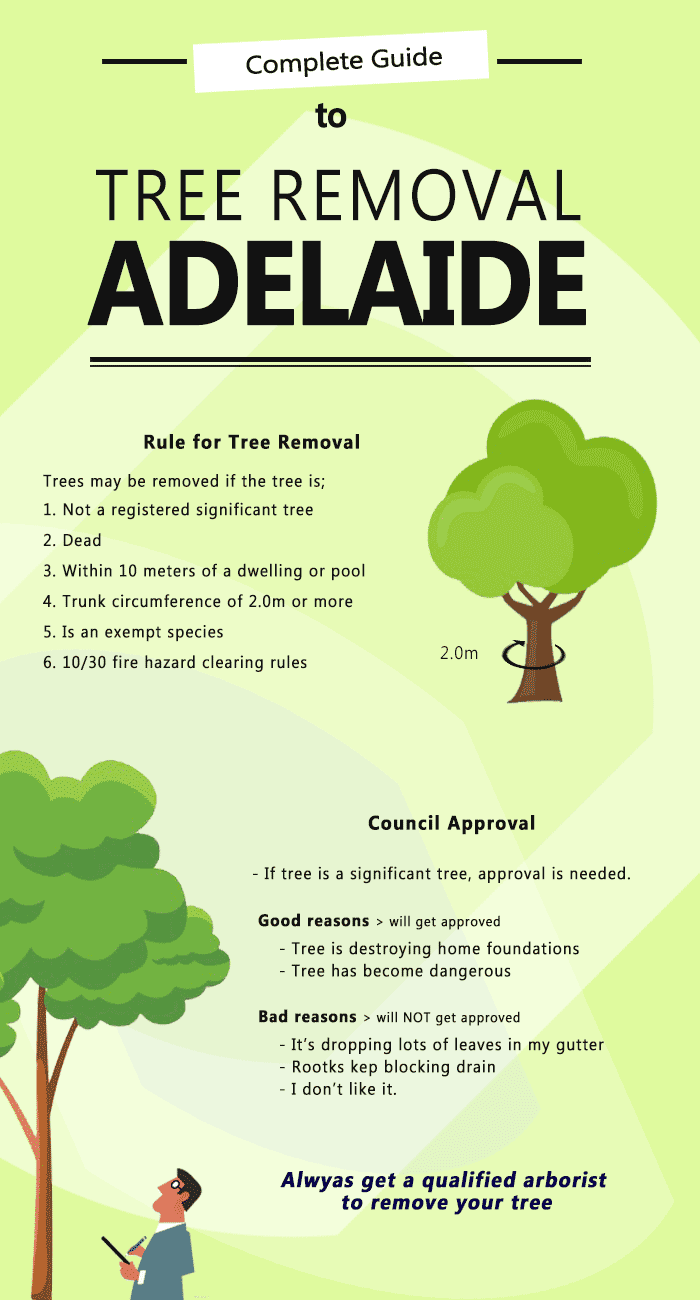Protecting Your Landscape: Replanting After Tree Removal
Protecting Your Landscape: Replanting After Tree Removal
Blog Article
Composed By-Goldstein Upton
Tree elimination can leave a space in your landscape that requires filling. You can grow something brand-new in that room, but it takes additional care and attention at the beginning to help it grow.
The dirt in that location will maintain transforming with time as microorganisms break down the old origins. That can impact the nutrient equilibrium and physical area for new development.
Soil
The soil in a story where a tree has been gotten rid of is most likely to be really different from the remainder of your garden or yard. The roots of the old tree and the stump will certainly have altered the soil, getting rid of some nutrients and perhaps crowding out other plants. On top of that, if the previous tree was infected, the transmittable agent may still be in the ground.
The visibility of roots fosters an abundant and diverse area of dirt microbes that improves crucial processes like vitamins and mineral biking and organic matter decay. Without these microbes, the displaced dirt can end up being much less fertile and nutrient-depleted, with a negative effect on plant development.
Before replanting, the soil ought to be eliminated of debris and natural material (such as timber chips from stump grinding). You might wish to mix in potting soil or indigenous dust with this garden compost to provide your brand-new growing with an environment that is well balanced and filled with nutrients.
Water
Tree roots absorb large amounts of water from the soil. This process additionally includes nutrients back to the dirt, specifically nitrogen, which is important for brand-new trees and plants. However, old soil can be depleted of these crucial minerals because of the worn out roots and stump from a removed tree.
This is why it is necessary to have a plan for the future of your landscape. Preferably, the most effective time to plant is when you have a fresh start.
Whether hop over to here growing turf or blossoms, make sure to utilize a soaker pipe to prevent overwatering your brand-new landscaping. If https://howtopullatreeoutofthegro84051.answerblogs.com/29500588/signs-it-s-time-to-get-rid-of-a-tree-a-property-owner-s-guide was a yard, make certain to cover the soil with organic compost to aid keep dampness in the dirt, regulate soil temperatures and reduce weeds. This also provides a layer of defense for young plants and promotes worm task. Then, routinely renew the mulch to continue boosting the soil nutrient density and microbial life. This is referred to as soil remediation.
Light
Trees are a terrific addition to any landscape, supplying color, aesthetic pulchritude, and several various other advantages. However, occasionally trees become unpleasant due to a range of factors, consisting of illness, pest problems and natural aging.
In such situations, it might be required to remove a tree. It is essential to think about the worth of a certain tree in your landscape design and take the proper actions to make certain that the elimination is done securely and successfully.
Throughout the late summer season, it's a perfect time to carry out maintenance and assessments on existing trees. Search for indications of condition, insect invasions, or architectural damages, in addition to any kind of possible risks such as damaged or leaning trees.
Prior to beginning any construction tasks, make sure to safeguard the origin zones of existing trees by staying clear of dirt compaction and rating around them. Raw material, as it breaks down, can produce poisonous gases that are damaging to the roots of a tree. Link Website 's additionally an excellent idea to mulch the location around a tree after building has finished to preserve dampness and subdue weed development.
Temperature level
Trees are important to a landscape for their aesthetic appeal, however they additionally play a vital duty in the neighborhood environment by supplying color and windbreaks. They support wild animals habitats and lower the quantity of carbon dioxide in the air, which can add to global warming. This is why it is recommended to replant trees after removing one from the building.
When replanting a new tree in the place of a previous stump, the dirt might not have sufficient nutrients to sustain it. It is best to wait for a year before planting to guarantee that the soil will certainly be abundant in nutrients.
To make sure that replanted trees prosper, it is essential to give them with appropriate care. A layer of compost will certainly keep soil wetness from evaporating, regulate dirt temperature level, and help suppress weeds. Organic compost is the favored selection due to the fact that it boosts dirt fertility. Ongoing fertilizing and parasite control are also essential for replanted trees.